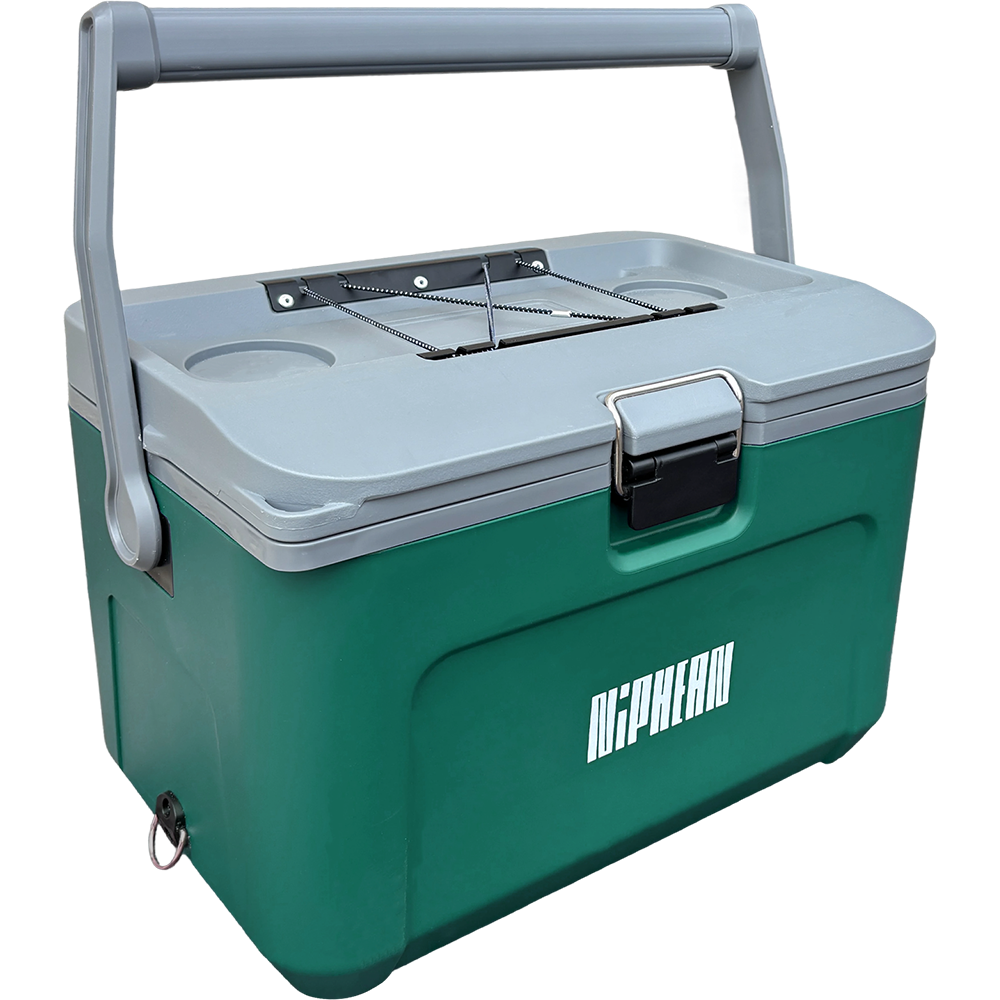- No products in the cart.
The Best Breathing Techniques for Paddle Boarding Endurance
Aug 12, 2025
When it comes to paddle boarding, most people focus on balance, technique, and equipment-but often overlook one of the most powerful tools for performance: your breath. Whether you’re gliding over calm waters or pushing through choppy waves, proper breathing can improve stamina, enhance focus, and keep fatigue at bay.
In this guide, we’ll explore the best breathing techniques for boosting endurance during your paddle boarding sessions.
1. The Basics: Why Breathing Matters in Paddle Boarding
Paddle boarding is a full-body workout that engages your core, legs, shoulders, and back. This constant muscle engagement increases your oxygen demand.
Without proper breathing, your muscles tire faster, your strokes lose efficiency, and your mental focus drifts.
Efficient breathing helps you:
- Maintain steady energy output
- Reduce muscle tension
- Improve coordination and balance
- Stay calmer in unexpected situations (like gusts of wind or boat wakes)
2. Diaphragmatic (Belly) Breathing for Long Sessions
Instead of shallow chest breathing, which limits oxygen intake, diaphragmatic breathing draws air deep into the lungs. This technique improves oxygen exchange, keeps your heart rate stable, and delays fatigue.
How to do it:
- Place one hand on your belly and the other on your chest.
- Inhale slowly through your nose, feeling your belly expand-not your chest.
- Exhale fully through your mouth, tightening your core.
- Practice on land before taking it to your board.
When to use it: During steady paddling in calm conditions to sustain energy.
3. Rhythmic Breathing to Match Your Paddle Strokes
Linking your breath to your paddle rhythm helps keep strokes smooth and consistent. Many endurance athletes, including rowers and runners, use this approach.
Example rhythm:
- Inhale for two paddle strokes
- Exhale for two paddle strokes
This keeps your breathing predictable and prevents overexertion early in your session.
Tip: Adjust the ratio to your pace-shorter ratios for sprints, longer for cruising.
4. Box Breathing for Focus and Calm
Box breathing-used by elite athletes and even military professionals-helps regulate oxygen intake and sharpen concentration.
The 4x4x4x4 method:
- Inhale through your nose for 4 seconds
- Hold for 4 seconds
- Exhale through your mouth for 4 seconds
- Hold for 4 seconds before the next inhale
When to use it: Before a race, during breaks, or when navigating challenging water for mental clarity and control.
5. Exhalation Control for Power Strokes
When you need extra power-like paddling into the wind or catching a wave-controlled exhalation helps stabilize your core and transfer force efficiently.
How to do it:
- Engage your abs and exhale steadily during the paddle’s power phase.
- Avoid holding your breath, which spikes tension and wastes energy.
6. Practice Off the Water
Like paddling itself, breathing techniques improve with practice. Yoga, swimming, and breath-hold exercises can all strengthen your respiratory muscles and increase lung capacity.
Simple drill: Perform diaphragmatic breathing for 5 minutes daily to improve efficiency before your next paddle boarding session.
Final Thoughts
Mastering breathing techniques isn’t just about staying afloat longer-it’s about paddling smarter, feeling stronger, and enjoying every moment on the water. With a bit of practice, your breath will become as essential to your performance as your paddle and board.
So next time you set out on your Niphean paddle board, remember: the way you breathe could be the secret to your best session yet.
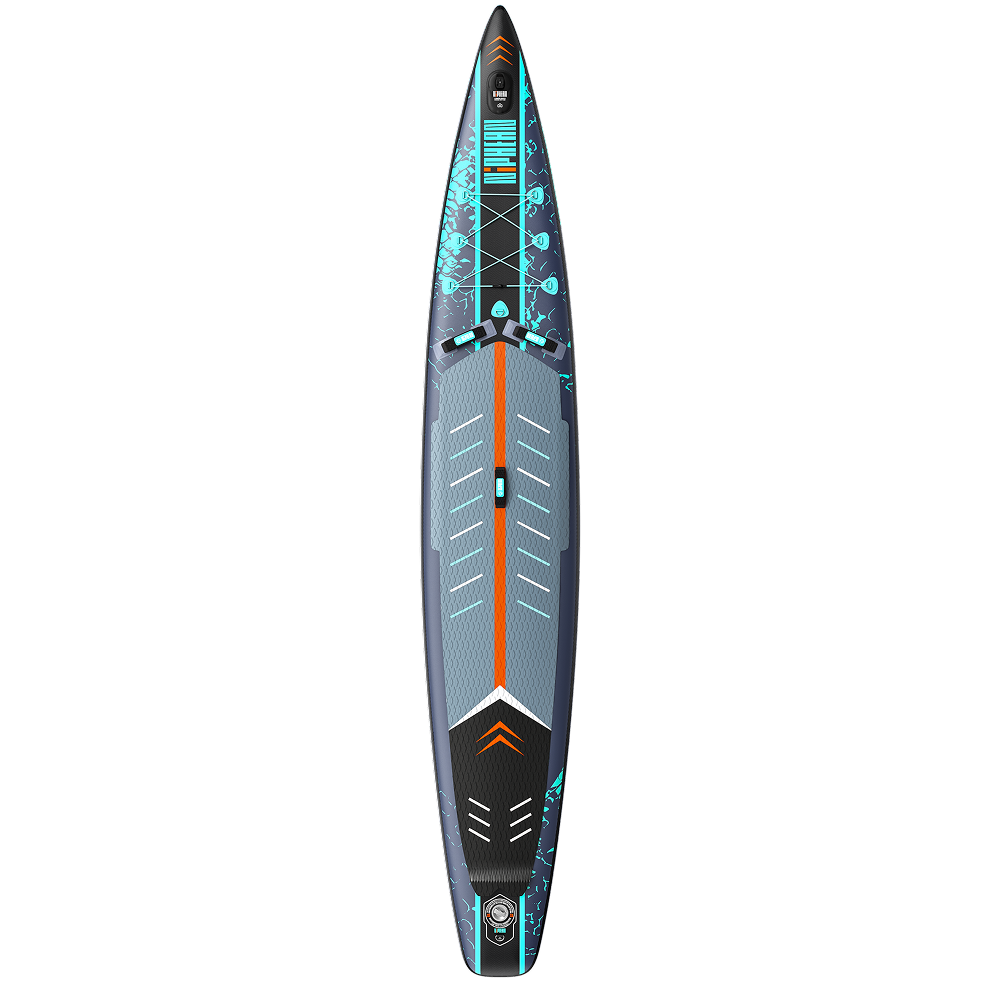
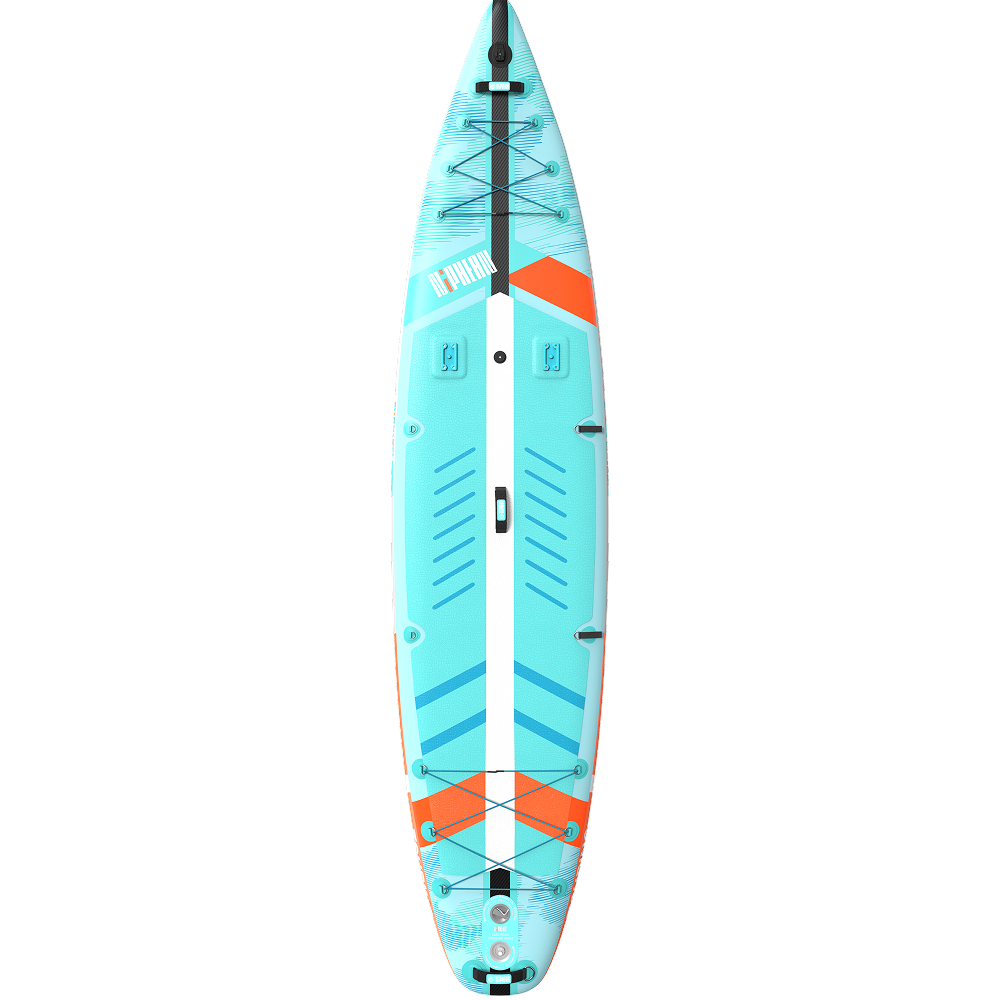
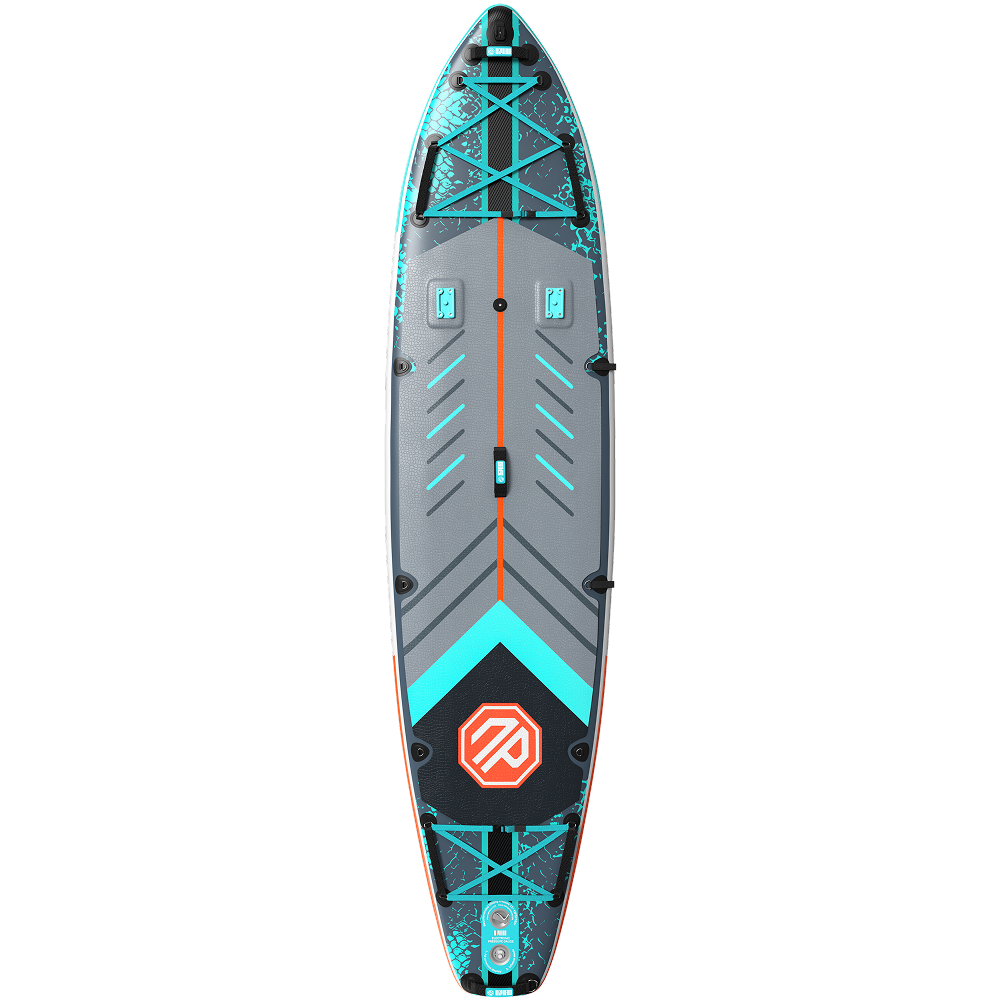
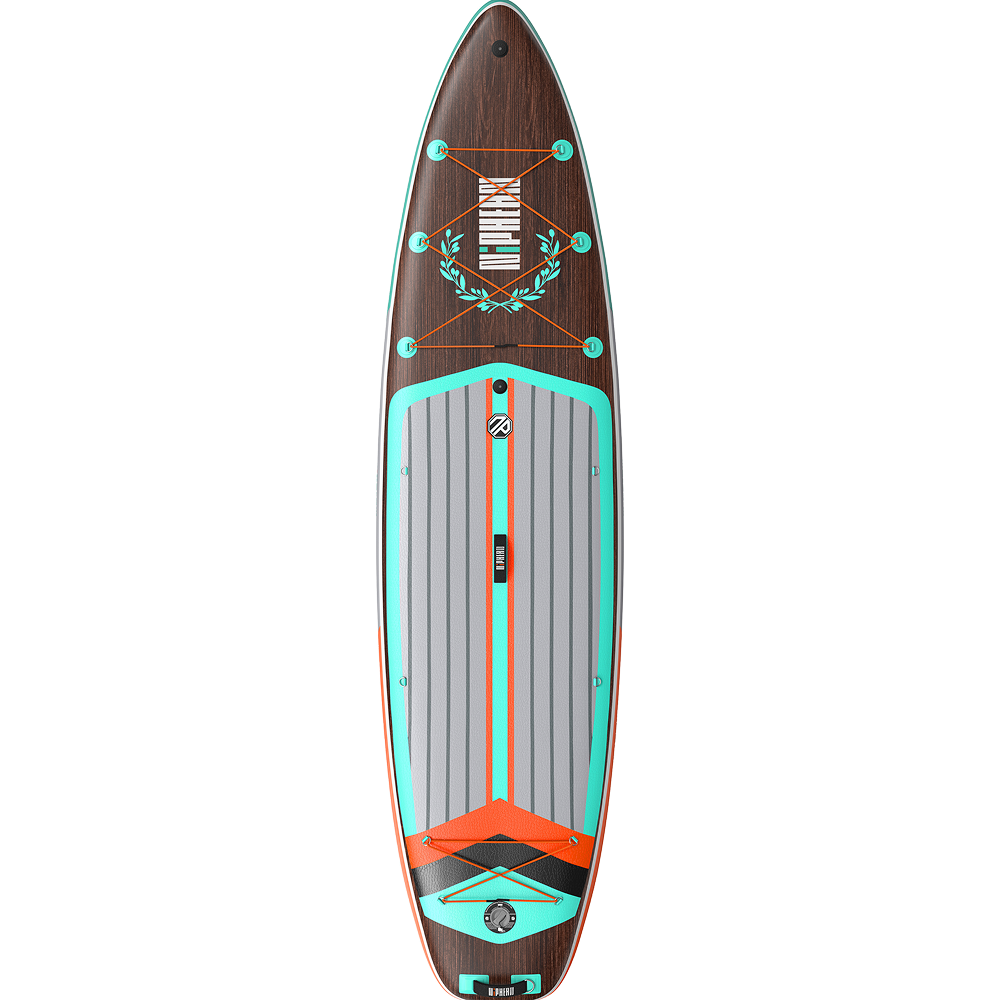
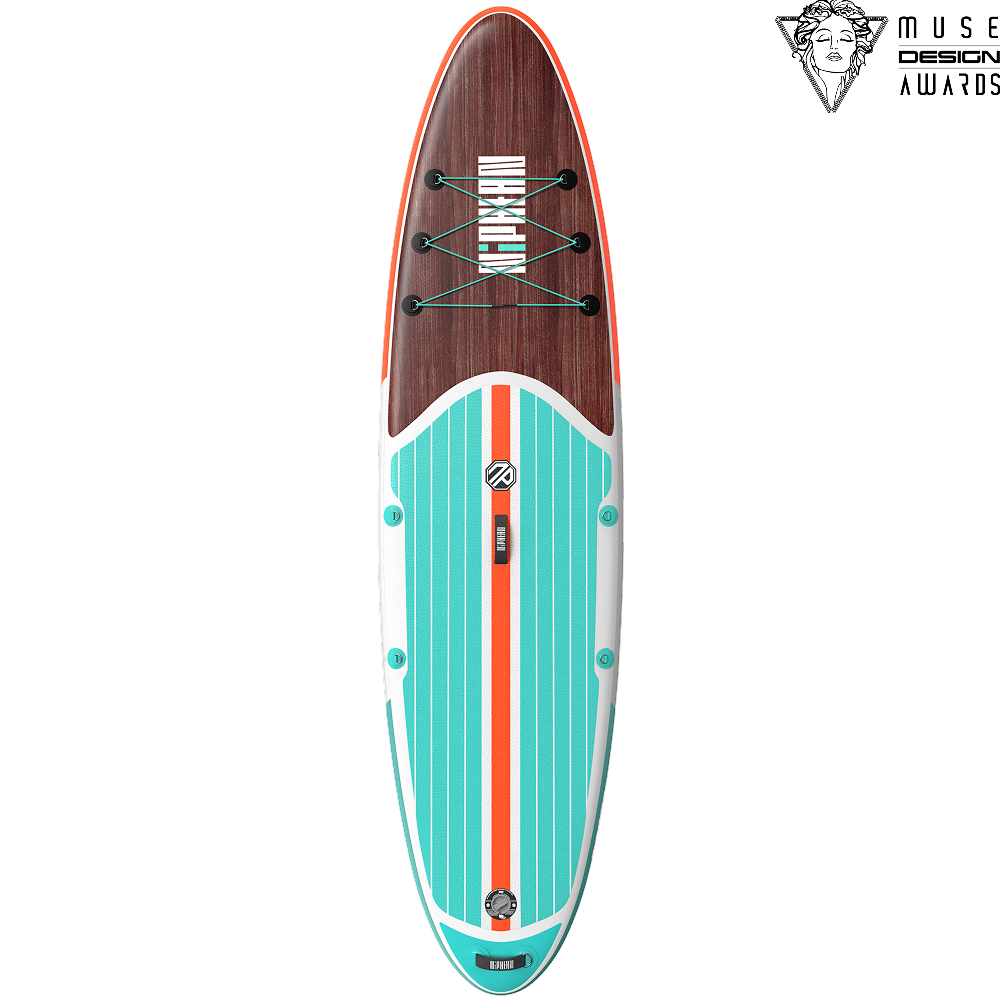
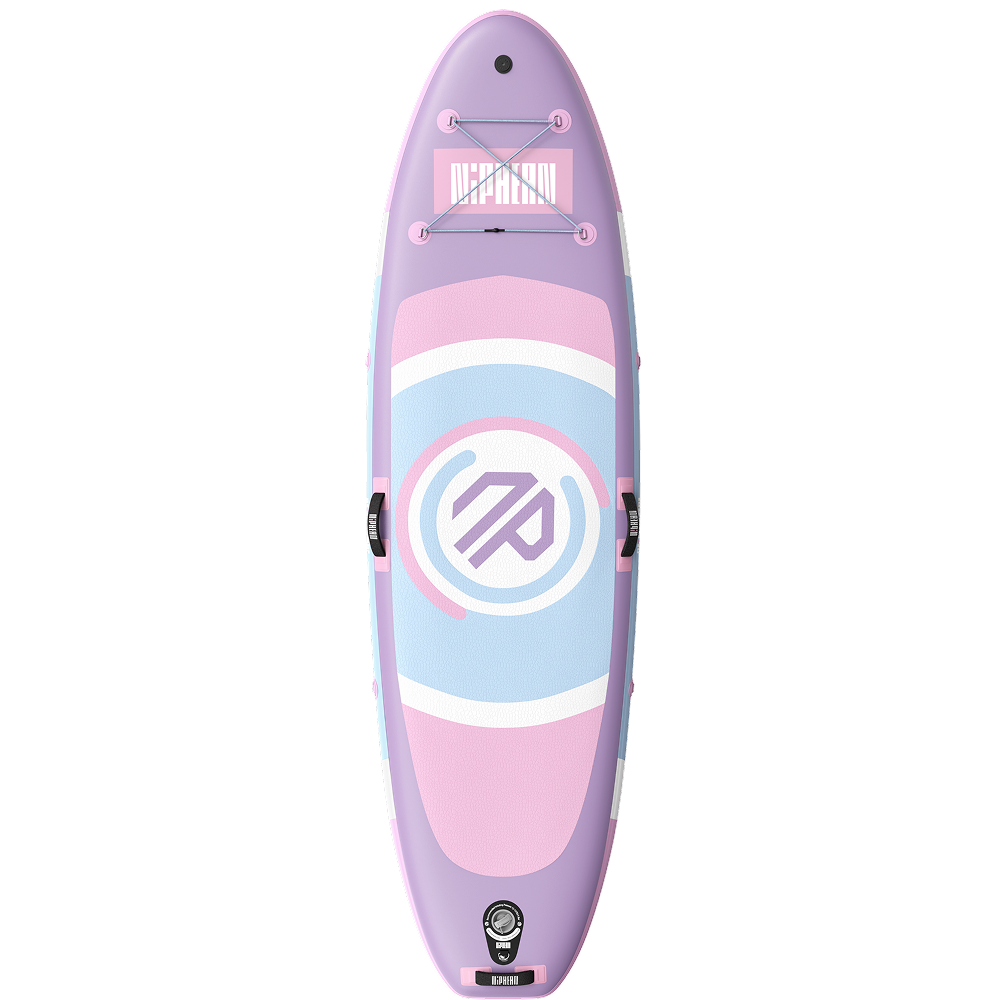





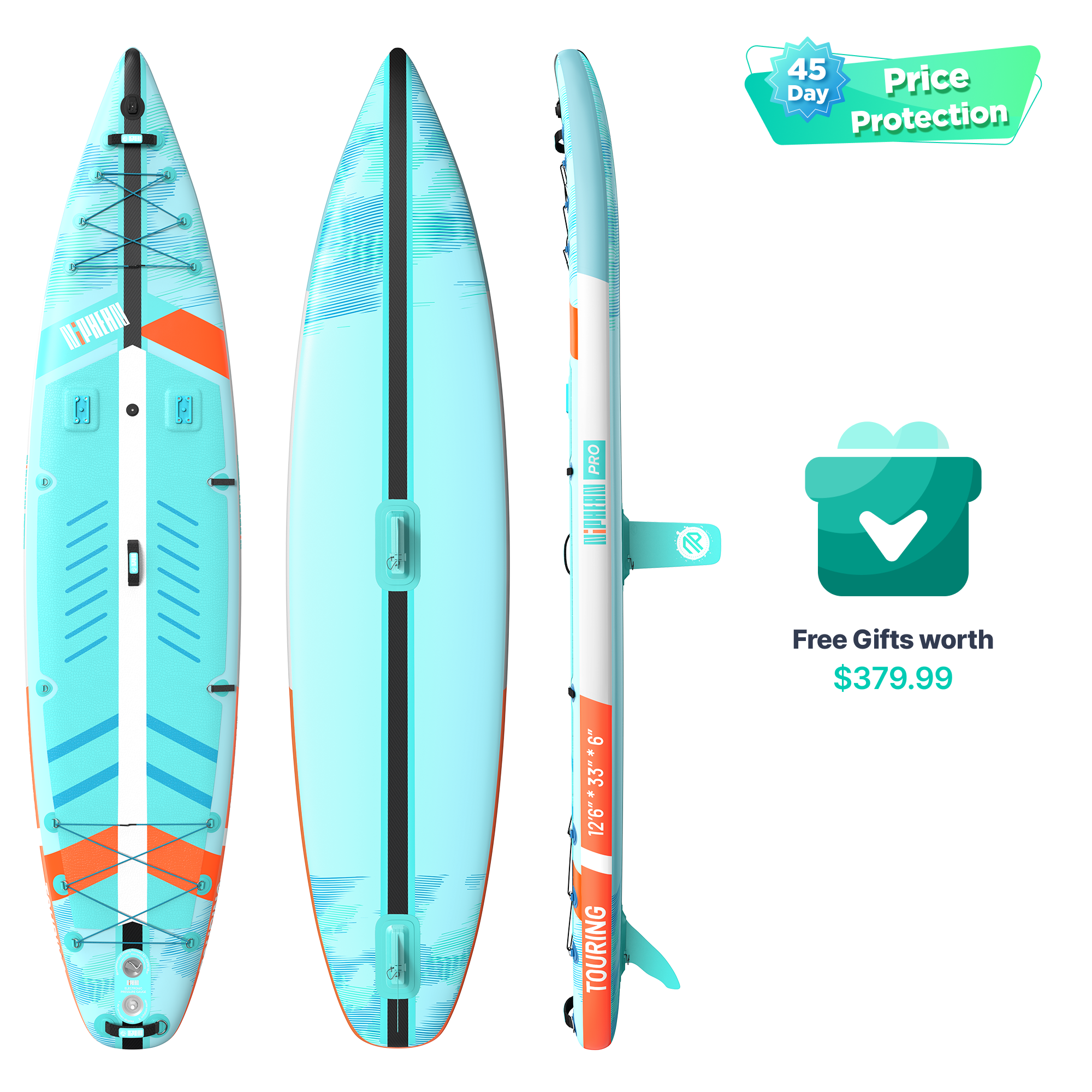
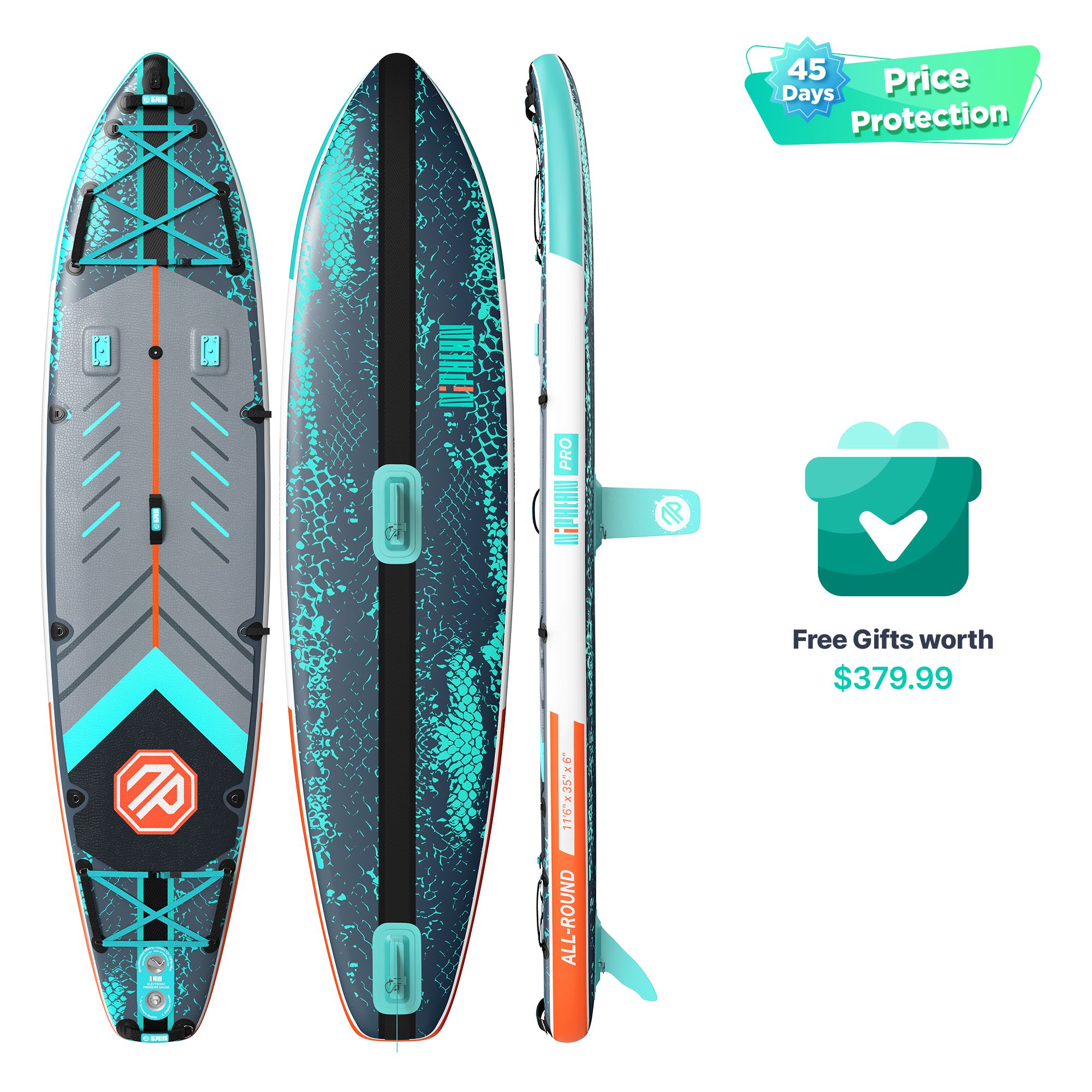

 Youtube
Youtube Facebook
Facebook Instagram
Instagram TikTok
TikTok